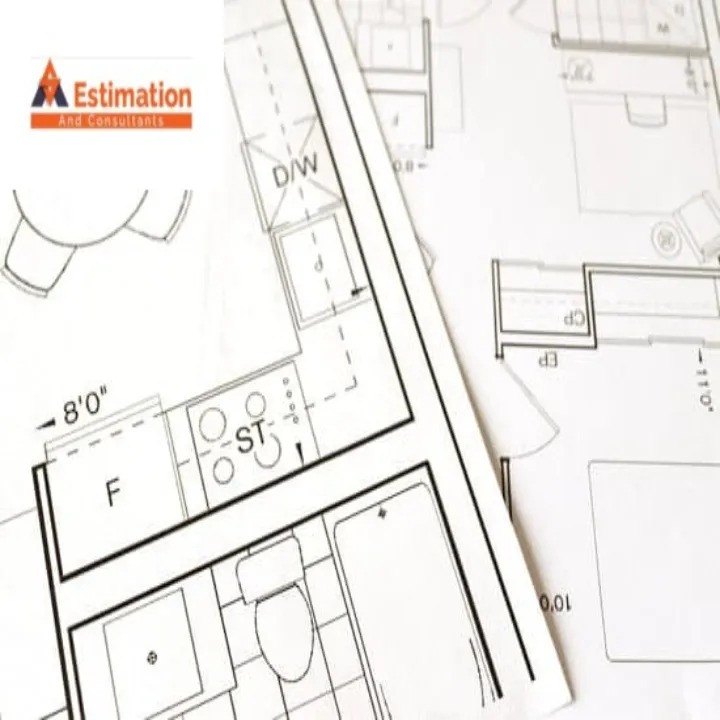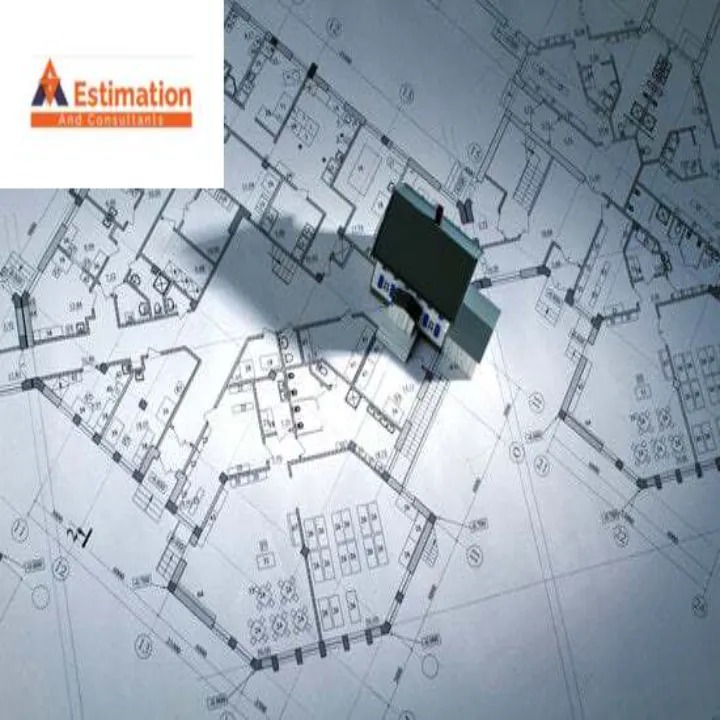Choosing a service provider is rarely as simple as picking the first estimate you receive. In most cases, it’s essential to compare estimates from multiple service providers to ensure you’re getting the best balance of quality, price, and timeline. However, comparing estimates goes beyond simply reviewing costs—factors like the scope of work, project timeline, and overall provider reliability are equally significant. This guide walks you through a structured approach to comparing estimates, empowering you to make an informed decision that aligns with your project goals.
1. Start with a Clear Scope of Work
A well-defined scope of work is the foundation of any effective comparison between estimates. Without a consistent scope, providers might interpret your needs differently, leading to inaccurate or misaligned quotes. To set a clear baseline, provide each service provider with a detailed description of the work required, including specifics like:

- Project objectives and deliverables: Outline the goals of the project, the main deliverables, and any desired outcomes.
- Required materials and quality standards: If the project involves materials, specify any quality requirements or brand preferences.
- Timeline expectations: Share your preferred schedule, including start and end dates, along with any significant milestones.
With this information, service providers can tailor their estimates based on a shared understanding, enabling a more accurate and fair comparison across different bids.
2. Understand the Breakdown of Costs
When reviewing estimates, one of the first things to examine is the breakdown of costs. Some estimates may appear lower initially but could be lacking important details that are included in other quotes. Breaking down the estimate allows you to identify potential cost areas, such as:

- Labor Costs: Determine whether labor charges are hourly or fixed. An hourly rate may vary depending on the provider’s skill level or regional market conditions.
- Material Costs: Make sure material costs are itemized. If one provider is using high-quality materials while another is not, it’s crucial to factor this into your comparison.
- Additional Fees: Look out for fees related to permits, transportation, or site preparation. If certain fees are missing, ask if they might be billed separately later.
A detailed cost breakdown provides transparency, allowing you to assess whether the price aligns with your expectations for quality and comprehensiveness. The more detailed the estimate, the easier it is to recognize value and avoid surprises later.
3. Compare Scope Coverage and Inclusions
Different Estimate providers may interpret the scope of work differently, leading to variations in inclusions and exclusions within their estimates. As you review each estimate, examine the scope coverage and clarify what is included or excluded in each quote. Common areas to compare include:

- Materials Quality: Confirm that materials meet your specified standards and that the provider has factored in your preferences.
- Services Included: Some providers might bundle additional services—such as site cleanup, material disposal, or initial consultations—into the estimate.
- Warranties or Guarantees: See if any warranties are included. This can provide peace of mind regarding the longevity of the work provided.
Checking the scope coverage helps ensure each estimate aligns with the quality and range of services you expect. If you notice inconsistencies, reach out to clarify any misunderstandings, or request that the estimate be revised to meet your specifications.
4. Evaluate the Timeline and Project Duration
Project timelines are crucial for budgeting and planning, especially for time-sensitive projects. Compare each estimate’s proposed start and completion dates, and note any factors that may affect the timeline, such as the provider’s current workload or material sourcing issues.

A timeline comparison helps you to:
- Identify Delays or Risks: Longer timelines may indicate potential bottlenecks, whether due to the provider’s schedule, material sourcing, or other factors.
- Check Milestones and Payment Schedules: Milestones tied to payment releases are standard practice. Reviewing these with each provider helps ensure that your budget aligns with the project’s cash flow demands.
- Assess Contingency Plans: Ask providers about their contingency plans for potential delays. A proactive approach to unforeseen issues reflects a provider’s reliability and commitment to timely delivery.
Selecting a provider with a realistic, achievable timeline can save you from unplanned extensions and costs down the road.
5. Review Experience and Track Record
An estimate may look appealing, but the service provider’s experience and reputation can add another layer of assurance. Look beyond the numbers to gauge the provider’s expertise, especially if your project requires specialized skills. To evaluate a provider’s track record, consider:

- Portfolio of Completed Projects: Review their previous work to ensure they have the experience necessary for your project type.
- Client Testimonials or Reviews: Honest feedback from past clients can reveal a lot about the provider’s reliability, quality, and communication style.
- Professional Accreditations or Certifications: Certifications signal a level of industry-standard expertise, indicating that the provider follows best practices.
A provider’s experience can often be worth paying a slightly higher rate, as seasoned professionals are more likely to deliver high-quality results within the estimated timeline and budget.
6. Assess Communication and Responsiveness
Effective communication is key to a smooth project experience, so pay close attention to how each provider interacts with you from the initial inquiry onward. A provider’s responsiveness and transparency can significantly impact your confidence in their estimate and their ability to deliver as promised. Key indicators include:

- Response Time: Providers who respond promptly to queries demonstrate professionalism and respect for your time.
- Willingness to Explain the Estimate: Reputable providers take the time to explain their quotes in detail and answer questions, helping you understand the rationale behind the costs.
- Clarity in Communication: Clear, consistent communication suggests the provider will keep you informed throughout the project, reducing stress and potential miscommunication.
A provider who values open communication can be a strong asset, offering reassurance that any issues will be promptly addressed and resolved.
7. Look for Red Flags and Hidden Costs
Some estimates may contain hidden costs or red flags that could lead to budget overruns or compromised quality. As you review each estimate, stay alert for warning signs, such as:

- Unusually Low Estimates: If a provider’s quote is significantly lower than others, it could indicate subpar materials, inexperienced labor, or hidden costs that may arise later.
- Lack of Itemization: An estimate that doesn’t break down costs by category may be intentionally vague. Clarify the details to avoid unexpected charges.
- Unclear Payment Terms: Review payment terms to ensure they’re reasonable and aligned with project milestones.
Being vigilant about red flags can prevent issues, helping you select a provider who is transparent, realistic, and trustworthy.
8. Prioritize Value Over Cost
While cost is an essential factor, it shouldn’t be the sole basis of your decision. In many cases, an estimate with a higher price might offer better value through enhanced quality, expertise, or inclusions. To determine overall value, consider:

- Quality and Longevity: Higher-quality materials or skilled labor often result in better, longer-lasting results.
- Warranties and Guarantees: Warranties add value by offering assurance that any defects or issues will be resolved without additional cost.
- Additional Services or Added Value: Some providers may include helpful services, such as project management or follow-up consultations, which add value to their quote.
Selecting an estimate based on value rather than cost alone ensures you get a service provider who meets your quality standards and budget needs.
Conclusion
Comparing estimates from multiple service providers requires more than a simple cost analysis; it involves a comprehensive review of the scope of work, cost breakdowns, timeline, provider experience, communication style, and overall value. By evaluating each of these factors, you can make an informed decision that supports both your budget and project goals.
For tailored guidance and expert assistance in finding the right provider for your project, connect with AS Estimation & Consultants, where we bring clarity and insight to every project, helping you navigate estimates with confidence.


